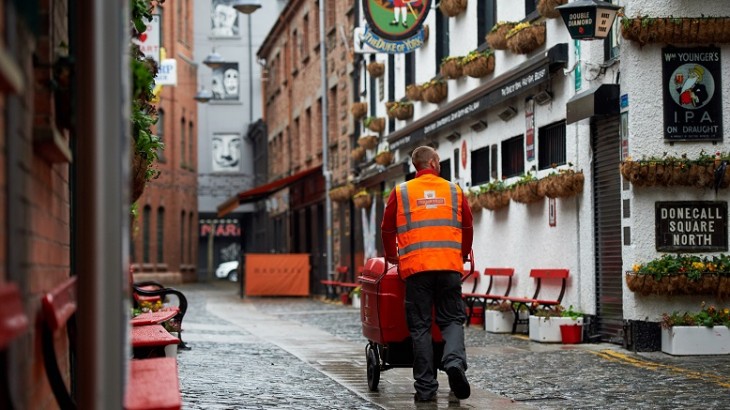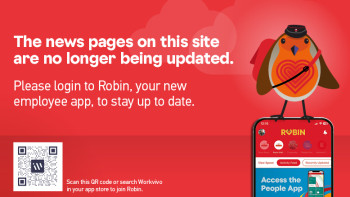Our Brexit impact

The transition period following the UK’s exit from the EU ends on 31 December 2020, writes Laura Scott.
Thereafter, the rules for sending and receiving items to and from the EU will change. The UK will treat EU imports the same as it does non-EU imports today. The EU will treat UK imports the same as it does non-EU imports today.
This will impact everyone sending or receiving items from abroad – whether an occasional sender or receiver of items to and from the EU, someone who buys marketplace items from abroad, or a business posting to the EU daily.
Sending items to the EU
From 29 December, senders are required to complete a customs declaration form (CN22 or CN23 – available from Post Office® branches), which must be fixed to the outside of the parcel. The information required on the declaration form includes an accurate description of the goods, the value and whether they are gifts or commercial items as well as sender and recipient details.
This means the person you are sending the parcel to in the EU may have to pay VAT and customs duties. Letters, postcards and documents are usually exempt.
Receiving items from the EU
Anyone receiving a parcel from the EU from 1 January may have to pay VAT and customs duties, as well as Royal Mail’s handling fee. Letters, postcards and documents are usually exempt.
VAT and duties will be applied depending on the type and value of the goods. For items under £135 (with the exception of gifts), VAT will be collected directly when you buy the goods online. For goods with a value over £135 (and gifts over £39), Royal Mail may collect the VAT and customs duties from you prior to delivery. These charges are applied on behalf of HM Revenue & Customs (HMRC). This is summarised in the tables below.
Gift sent from one individual to another:
|
Value |
Import VAT |
Customs duty |
|
Up to £39 |
No |
No |
|
Over £39 up to £135 |
Yes |
No |
|
Over £135 |
Yes |
Yes |
All other items:
For items valued at up to £135, charges to be paid directly to HMRC by the sender.
|
Value |
Import VAT |
Customs duty |
|
Over £135 |
Yes |
Yes |
If not already covered by the sender, these costs are payable by the recipient. Customers who are required to pay VAT and/or customs duties will receive a “Fee to Pay” card (or where the sender has provided contact details, an SMS or email notification), showing the amount they need to pay and how to pay it before they can receive their item.
Customers will also need to pay an £8 Royal Mail handling fee. This is to cover Royal Mail’s costs associated with the customs process.
Keep an eye on royalmail.com/Brexit for more updates and the latest information.



